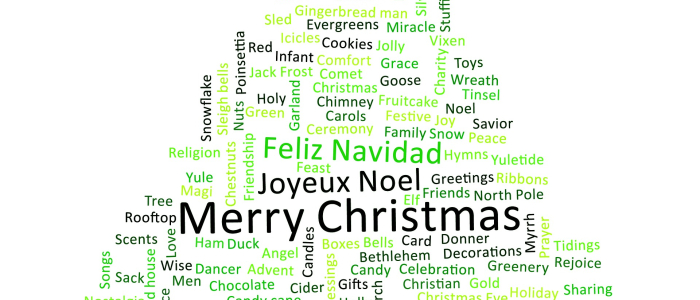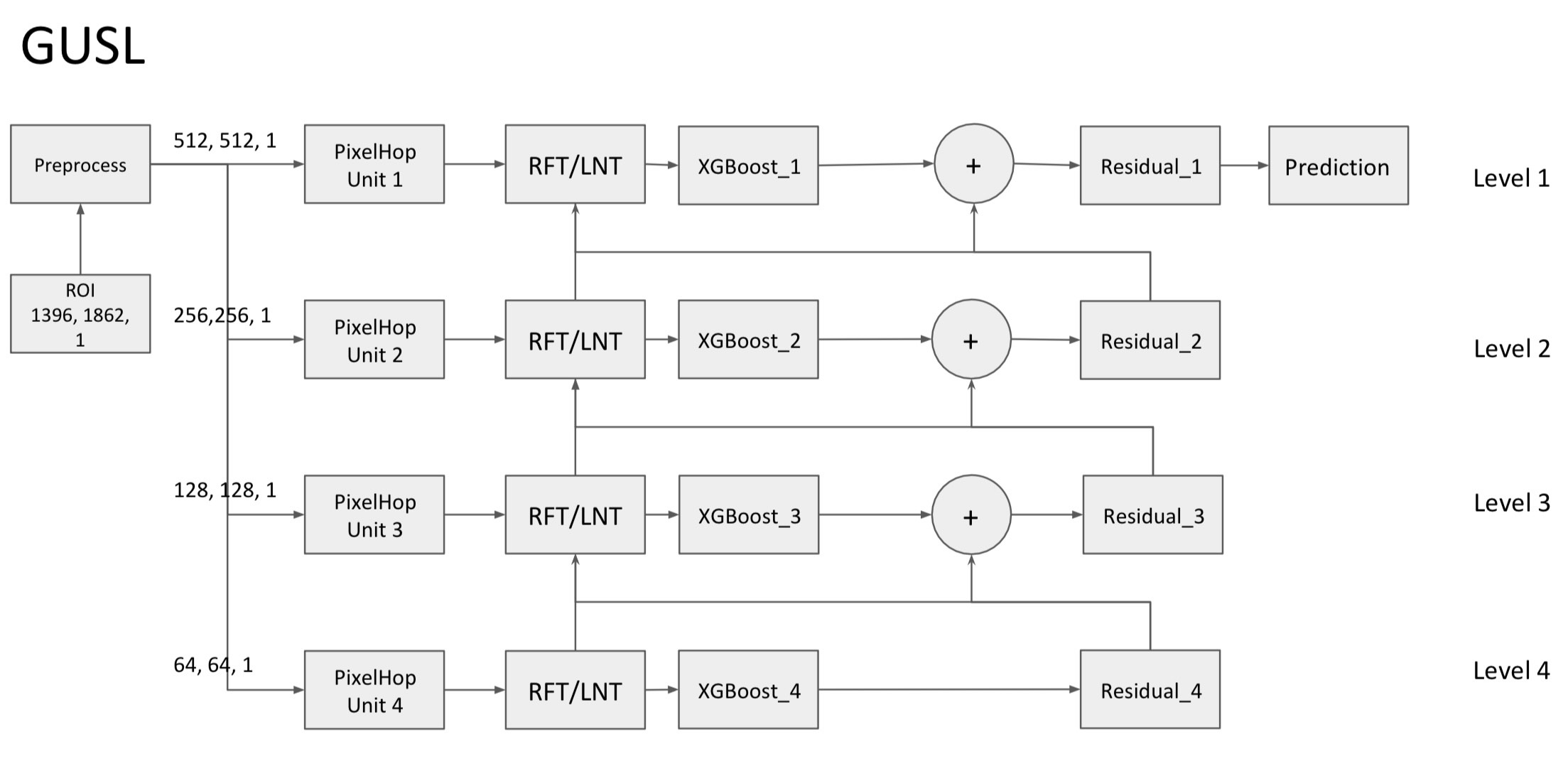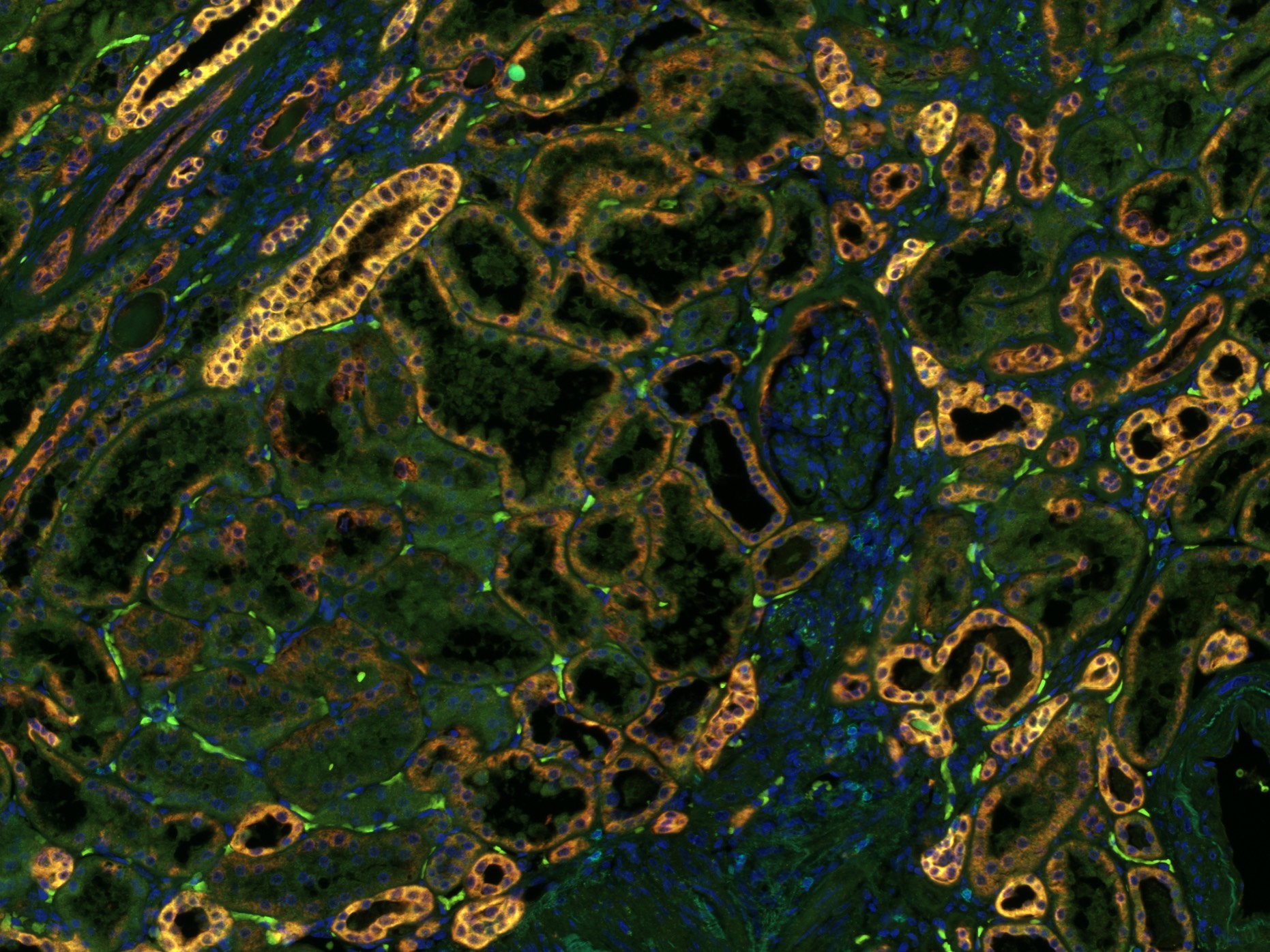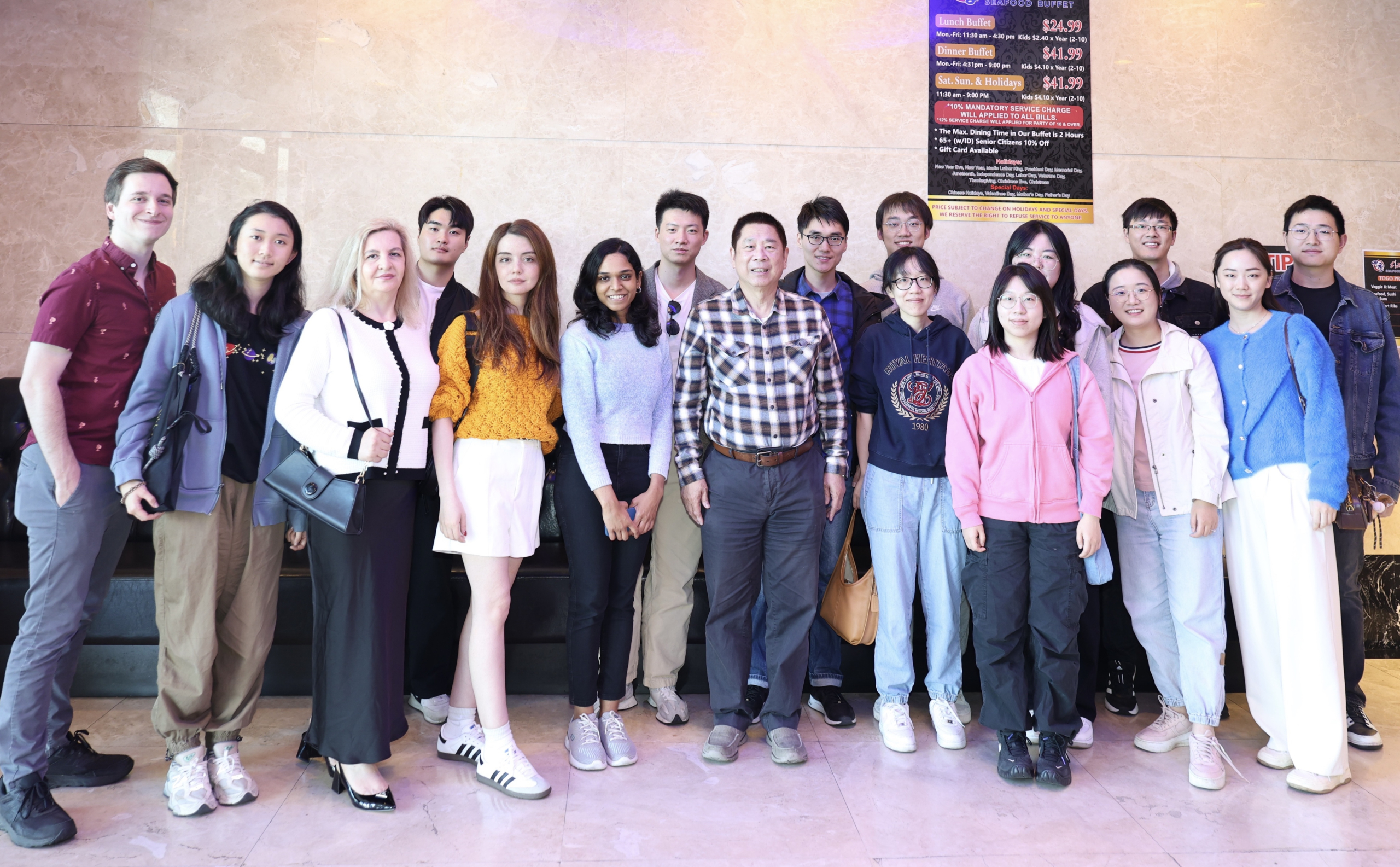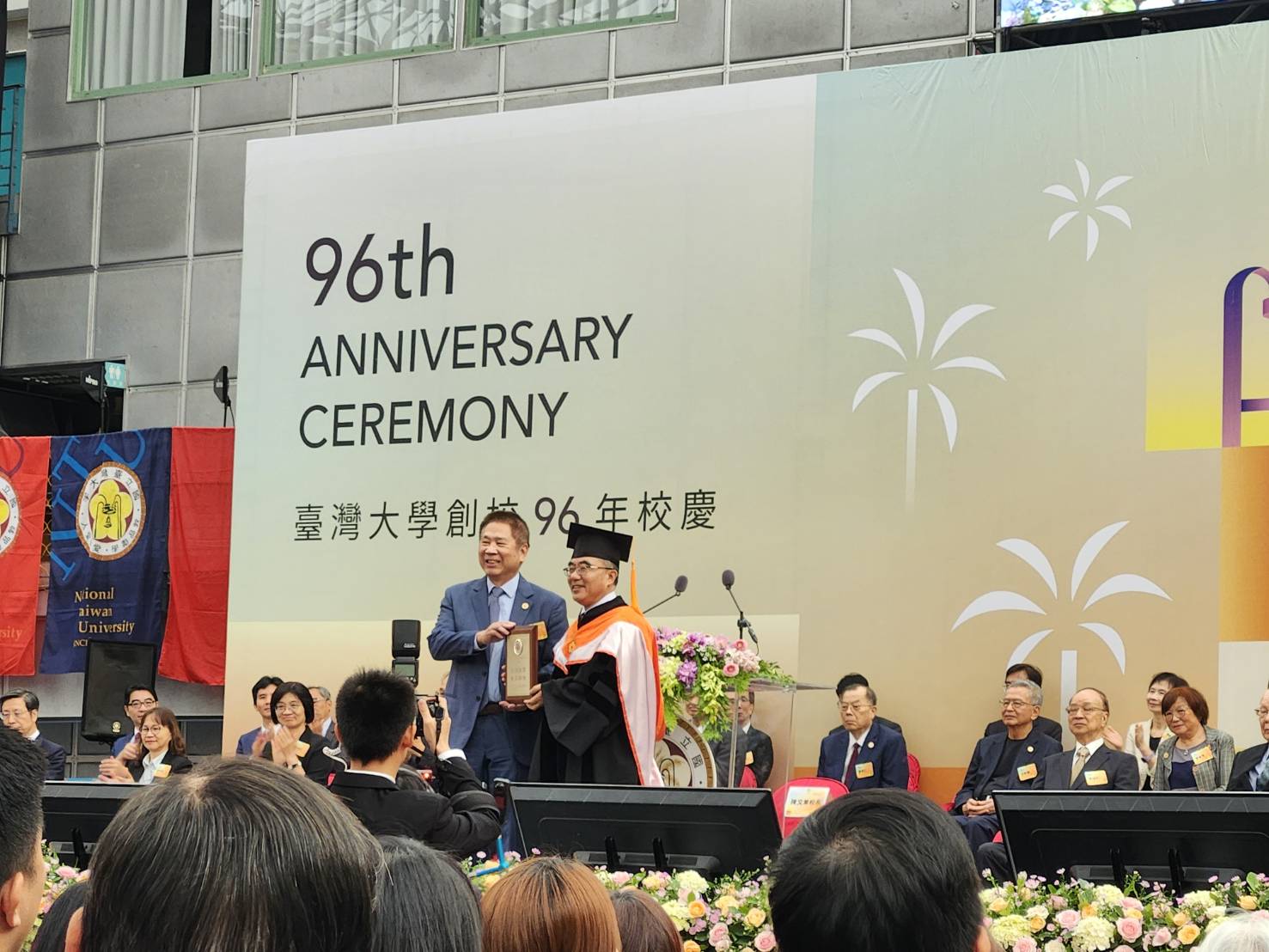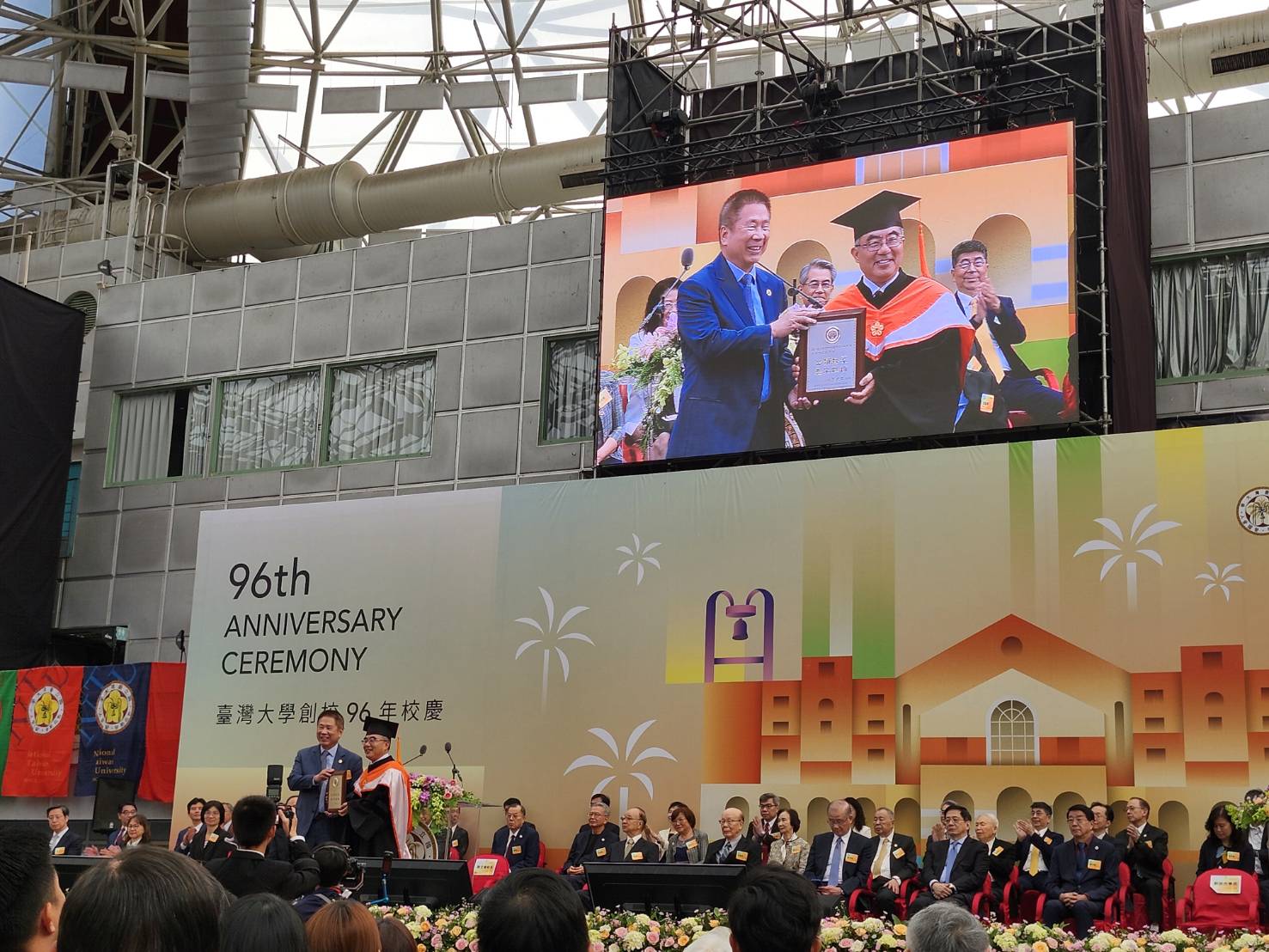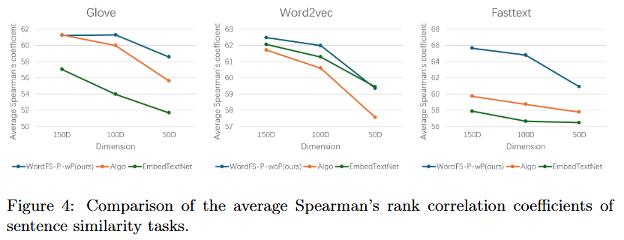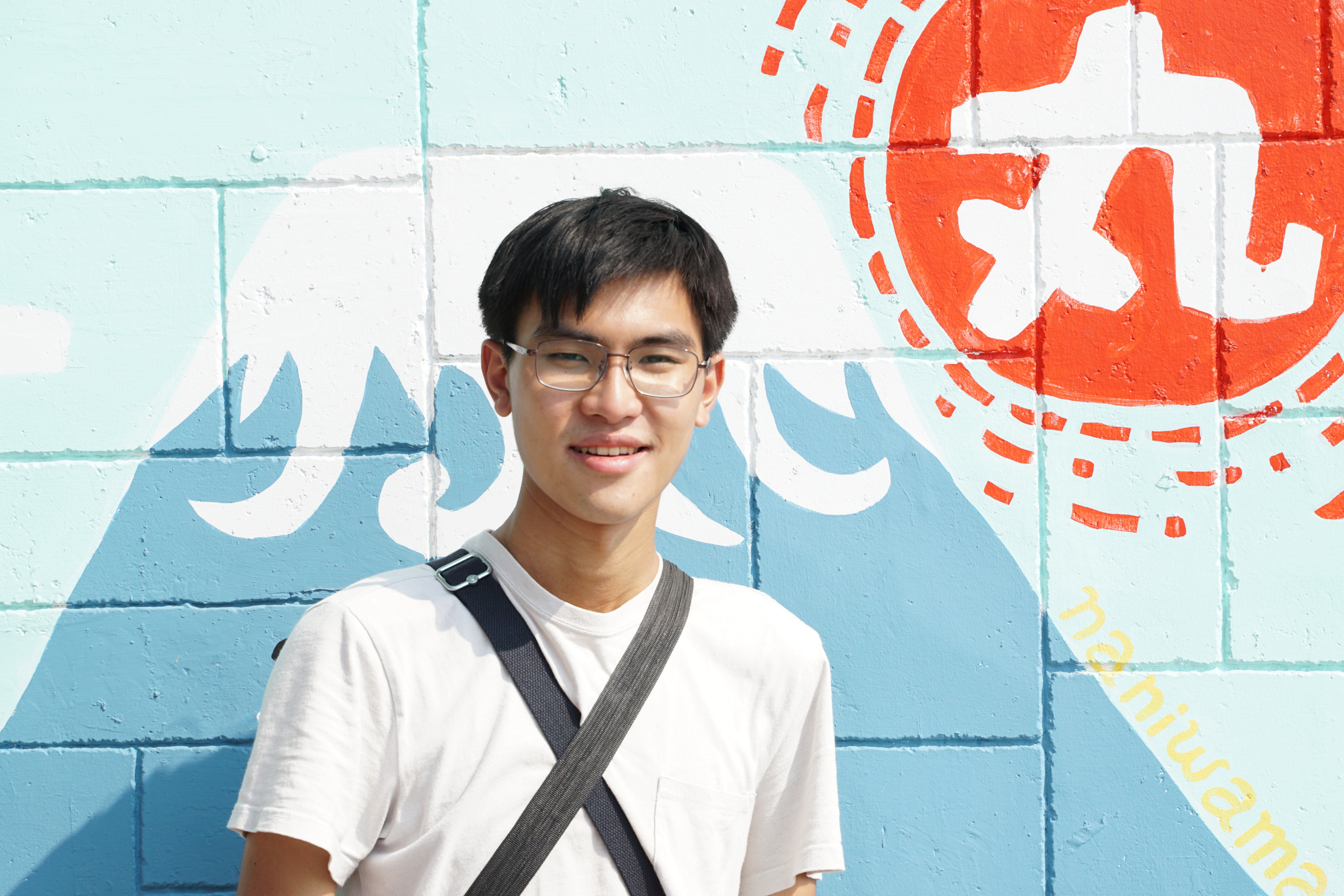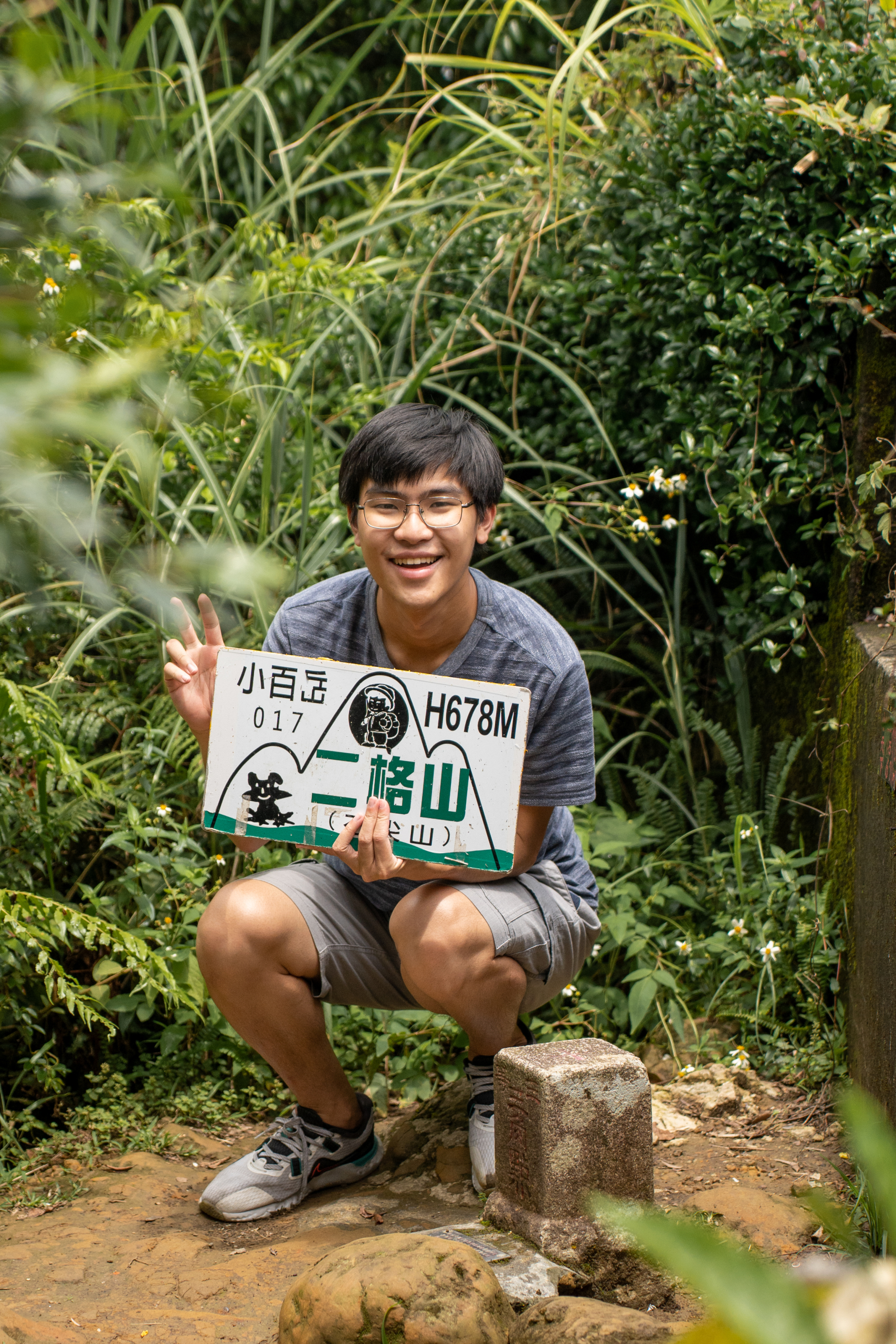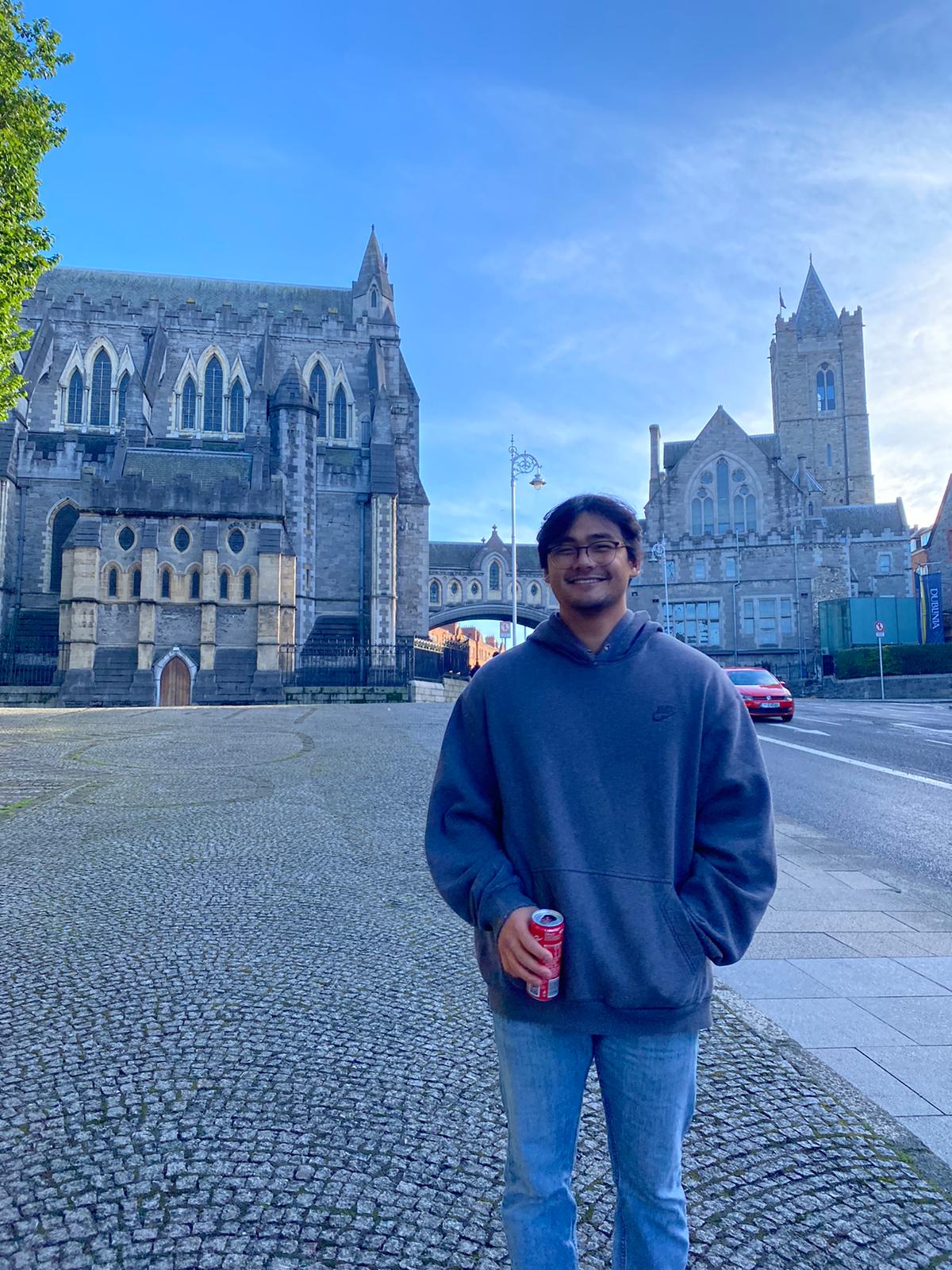Merry Christmas!
As 2024 draws to a close, we reflect on a year of growth, success, and countless blessings at MCL. This year, we bid a fond farewell to our esteemed graduates, whose impactful research leaves an enduring legacy as they step into exciting new chapters. At the same time, we joyfully welcomed fresh faces into our MCL family—brimming with energy and enthusiasm for groundbreaking research.
Through dedication, collaboration, and resilience, our members have achieved remarkable milestones, including publishing exceptional work in prestigious journals and conferences. These accomplishments are a testament to the passion and hard work of every individual in our community.
Now, as the holiday season unfolds with its sparkle of joy and the warmth of togetherness, we take a moment to celebrate the achievements of this past year and the unity that binds us as the MCL family.
From all of us at MCL, we wish you a Merry Christmas filled with cheer, love, and laughter. May this festive season bring you peace, joy, and countless reasons to smile!


